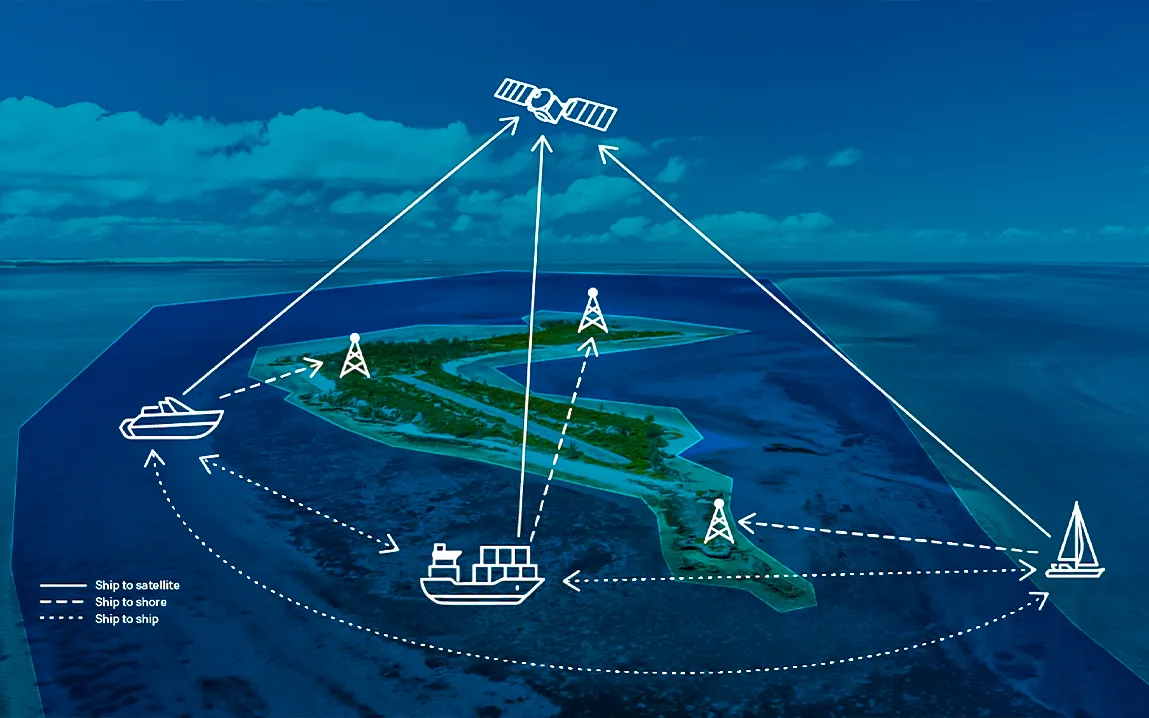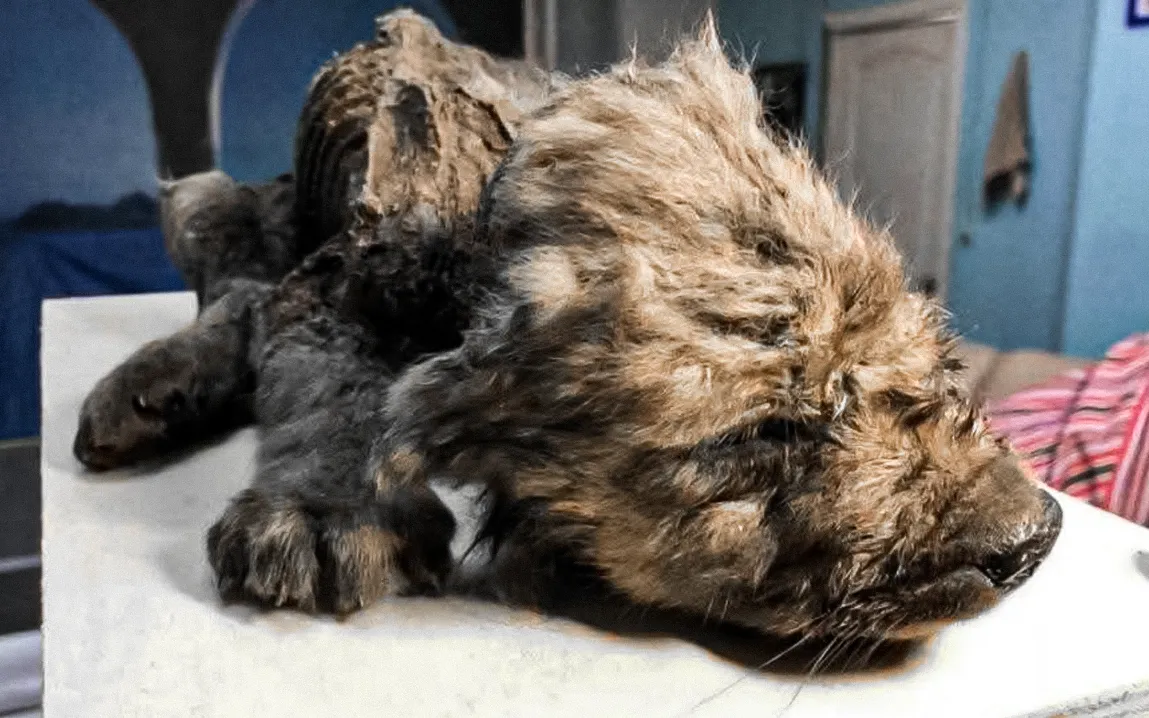Scientists from the University of Glasgow have created a powerful new tool that could reshape how we protect wildlife while advancing renewable energy. The new modeling tool was designed to shield seabirds from increasing danger posed by offshore wind farms without needing difficult-to-obtain satellite tracking information.
Appearing in the journal Methods in Ecology and Evolution, this tool is the first of its type to predict accurately how seabird colonies occupy space in the ocean. It is a game-saver for planning offshore wind projects, striking a balance between environmental preservation and clean energy production.
A Smarter Way to Protect Seabirds
Seabirds like Northern gannets nest in colonies on remote coasts and small islands. They often use nearby ocean areas as their foraging grounds. These predictable movement patterns make them especially vulnerable to offshore disturbances, like wind farms.
Current tools used to assess the environmental impact of wind farms can be inconsistent, often over- or underestimating how much time birds spend in a specific area. That can lead to wind farms being built in harmful locations or, conversely, potentially safe projects being scrapped due to inaccurate data.
Lead researcher Holly Niven, a PhD student at the School of Biodiversity, One Health & Veterinary Medicine, explains:
“Accurate estimation of the impacts of offshore wind farms and other stressors on seabirds can help us make more informed decisions about offshore wind farm plans and protect the species living around our coasts.”
Doubling the Accuracy of Existing Tools
To test their tool, the researchers used GPS data from eight Northern gannet colonies. The results were impressive. The new model achieved 73% accuracy, nearly double the success rate of existing tools that scored 41% and 31%.
This means this tool can far better predict seabird exposure to wind farm activity, even for colonies that are remote or hard to monitor.
“Many seabird colonies are located at remote islands or cliffs that make GPS tracking studies extremely challenging,” added co-supervisor Jana Jeglinski. “Our method can predict realistic home ranges even for these inaccessible sites.”
Going Beyond Birds
What makes this tool even more exciting is its potential to help other wildlife species that live in colonies, including seals, bats, and even bees. Its predictive capabilities could become vital as both conservation efforts and renewable energy projects expand.
Professor Jason Matthiopoulos, who co-supervised the study, highlighted the broader significance:
“Ironically, different environmentally positive activities such as wildlife conservation and our progress towards green energy can come into conflict with each other. Resolving these conflicts relies on good data — but equally, on state-of-the-art computer modeling techniques.”
With offshore wind farms expected to grow dramatically in the coming years, this modeling breakthrough could play a key role in keeping that growth sustainable for both people and the planet.



